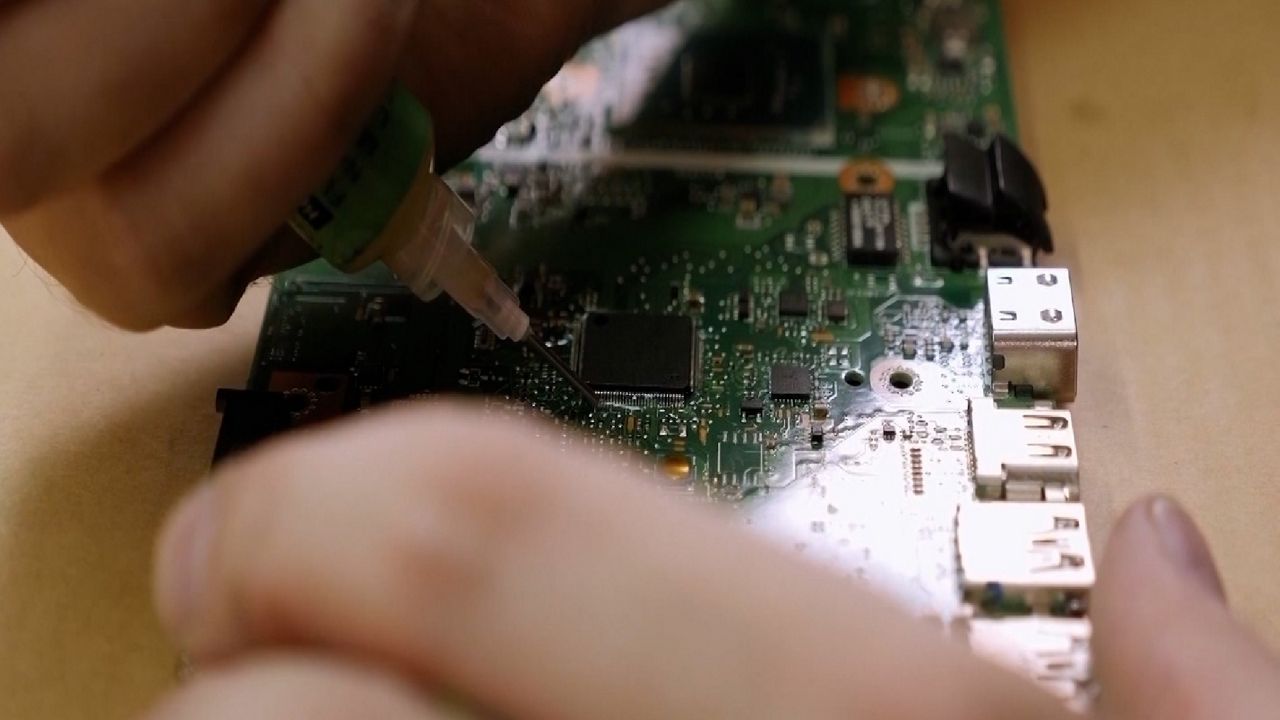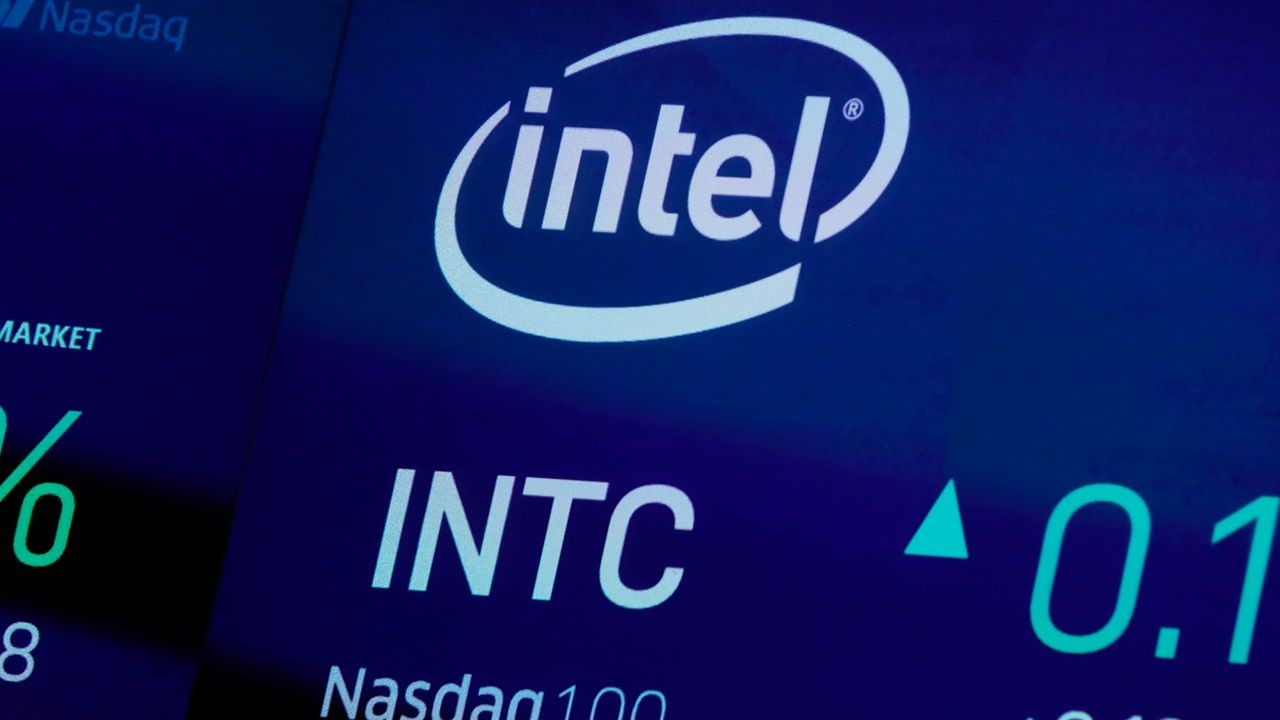COLUMBUS, Ohio — Intel is bringing the microelectronics industry to the Midwest and colleges and universities are looking to help put the region’s best foot forward.
Ohio State University is leading a semiconductor-focused network with 11 other institutions in response to the national need for microelectronics research and workforce development.
“That's really the primary objective for us, put semiconductor industry on alert that we are here and we have a lot of expertise, not just east and west coast, the usual suspects, we are becoming competitive nationwide at the national level,” said Dorota Grejner-Brzezinska, the vice President for Knowledge Enterprise at The Ohio State University.
Grejner-Brzezinska leads the steering committee for the network, which will help plan next steps. She said the Midwest has a lot of talent and she wants this network to not only help attract and train skilled workers, but to retain them to stay and work in the region.
“We create a lot of talent and we have a lot of innovative ideas in Midwest and by coming together, we can amplify the power of those ideas and speed up translation to application so that industry can benefit sooner from new ideas,” Grejner-Brzezinska said.
For now, 12 institutions from Ohio, Michigan and Indiana are involved, but she said they’d like to strategically expand.
Joining Ohio State in the network currently are:
- Case Western Reserve University
- Michigan State University
- Purdue University
- University of Cincinnati
- University of Dayton
- University of Michigan
- University of Notre Dame
- Wright State University
- Columbus State Community College
- Lorain County Community College
- Sinclair Community College
“The combined value proposition is much bigger or will be much bigger than the sum of the parts as we come together and we are looking into very strategic framework for collective workforce development and connected curricula,” Grejner-Brzezinska said.
The institutions are committed to producing more microelectronics engineers that can work at Intel upon graduation. They’re looking at building and changing curriculum, sharing equipment and facilities, connecting existing research, creating workshops and more.
The network aims to put the Midwest on the map as a leader in microelectronics and as an innovation hub for the future of the industry.
“We believe that we are well on our way to do that,” Grejner-Brzezinska said.
For more information about the network, visit here.










